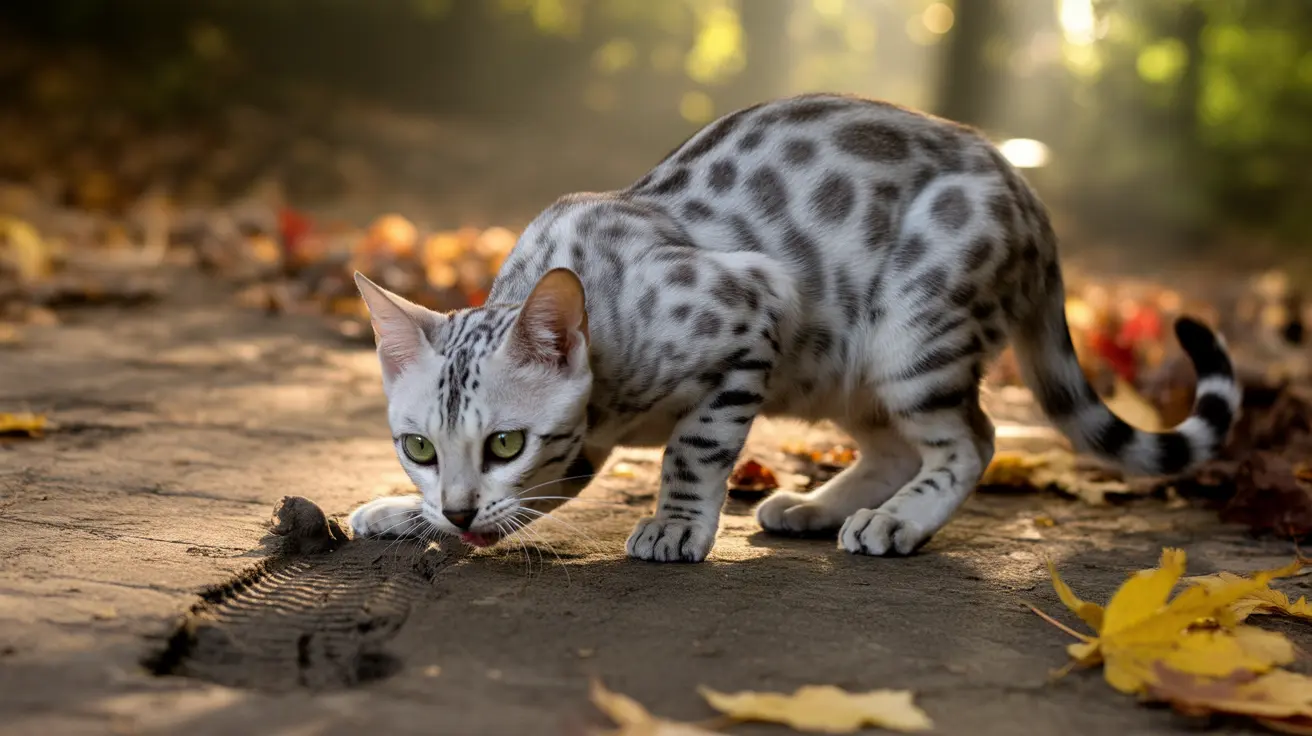Discovering your beloved cat has been killed by a predator is a devastating experience. Understanding what happened is crucial for finding closure and protecting other pets in your community. This comprehensive guide will help you identify the culprit through systematic investigation of wounds, location, and other vital clues.
By examining specific signs and evidence, you can often determine which animal was responsible for your cat's death. This knowledge is not only important for emotional closure but also helps prevent future incidents and alerts your community to potential dangers.
Common Predators and Their Attack Patterns
Coyotes
Coyotes are North America's most frequent cat predators. They typically leave distinctive evidence:
- Scattered fur and partial remains
- Complete consumption of the body
- Drag marks leading to open areas
- Dismembered body parts
Domestic Dogs
Dog attacks show different characteristics from wild predators:
- Large puncture wounds
- Severe trauma and bruising
- Broken bones
- Bodies often hidden under decks or bushes
Birds of Prey
Hawks, owls, and eagles leave unique signatures:
- Talon marks and punctures
- Head and neck injuries
- Usually target cats under 3 pounds
- Bodies found in open areas
Analyzing the Scene and Evidence
Location Analysis
Where you find your cat's remains can provide crucial clues:
- Open areas suggest coyotes or foxes
- Hidden locations indicate dogs
- Near buildings might suggest bobcats
- Roadside locations could indicate vehicle trauma followed by scavenging
Physical Evidence
Look for these telling signs:
- Tracks around the scene
- Fur patterns and blood trails
- Predator scat nearby
- Signs of struggle in the environment
Professional Investigation Methods
Veterinary Examination
A veterinarian can provide detailed analysis through:
- Professional necropsy
- Wound pattern analysis
- DNA testing of wounds
- Documentation of injuries
Forensic Testing
Advanced methods may include:
- DNA analysis of saliva on wounds
- Hair sample examination
- Blood pattern analysis
- Photography documentation
Prevention Strategies for Pet Owners
Protect your cats by implementing these safety measures:
- Keep cats indoors, especially at night
- Install motion-activated lights
- Remove outdoor food sources
- Consider catio enclosures
- Install security cameras
Frequently Asked Questions
How can I tell if my cat was killed by a coyote or a dog based on the wounds and remains?
Coyotes typically consume most of the body, leaving scattered fur and partial remains. Dog attacks show severe trauma, puncture wounds, and broken bones, with the body often relocated to a hidden spot.
What signs should I look for on my cat's body to identify if a bird of prey was the attacker?
Look for talon marks, puncture wounds in sets of three or four, and injuries to the head and neck area. Birds of prey typically only attack cats under 3 pounds and leave minimal blood loss.
Where do predators like coyotes or dogs usually leave the remains of cats they kill?
Coyotes typically leave remains in open areas, while dogs often hide their kills under decks, bushes, or in secluded spots. Coyotes may also drag the body to a more remote location.
Can DNA testing on my cat's wounds help determine which animal attacked it?
Yes, DNA testing of wound swabs can identify predator saliva and confirm the species responsible for the attack. This is particularly useful in distinguishing between dog and coyote attacks.
What should I do to document and report my cat's death from a suspected wildlife predator?
Take detailed photographs of the scene and remains, contact local animal control or wildlife authorities immediately, and consider a veterinary examination. Document the location, time, and any unusual circumstances surrounding the incident.
Conclusion
While identifying what animal killed your cat can be challenging, careful examination of wounds, location, and evidence can often reveal the culprit. If you find your cat deceased, prompt professional examination and documentation are crucial for accurate determination and community safety awareness.
Remember that this knowledge serves not only to provide closure but also helps protect other pets in your neighborhood. Consider sharing your findings with local authorities and neighbors to prevent future incidents.






